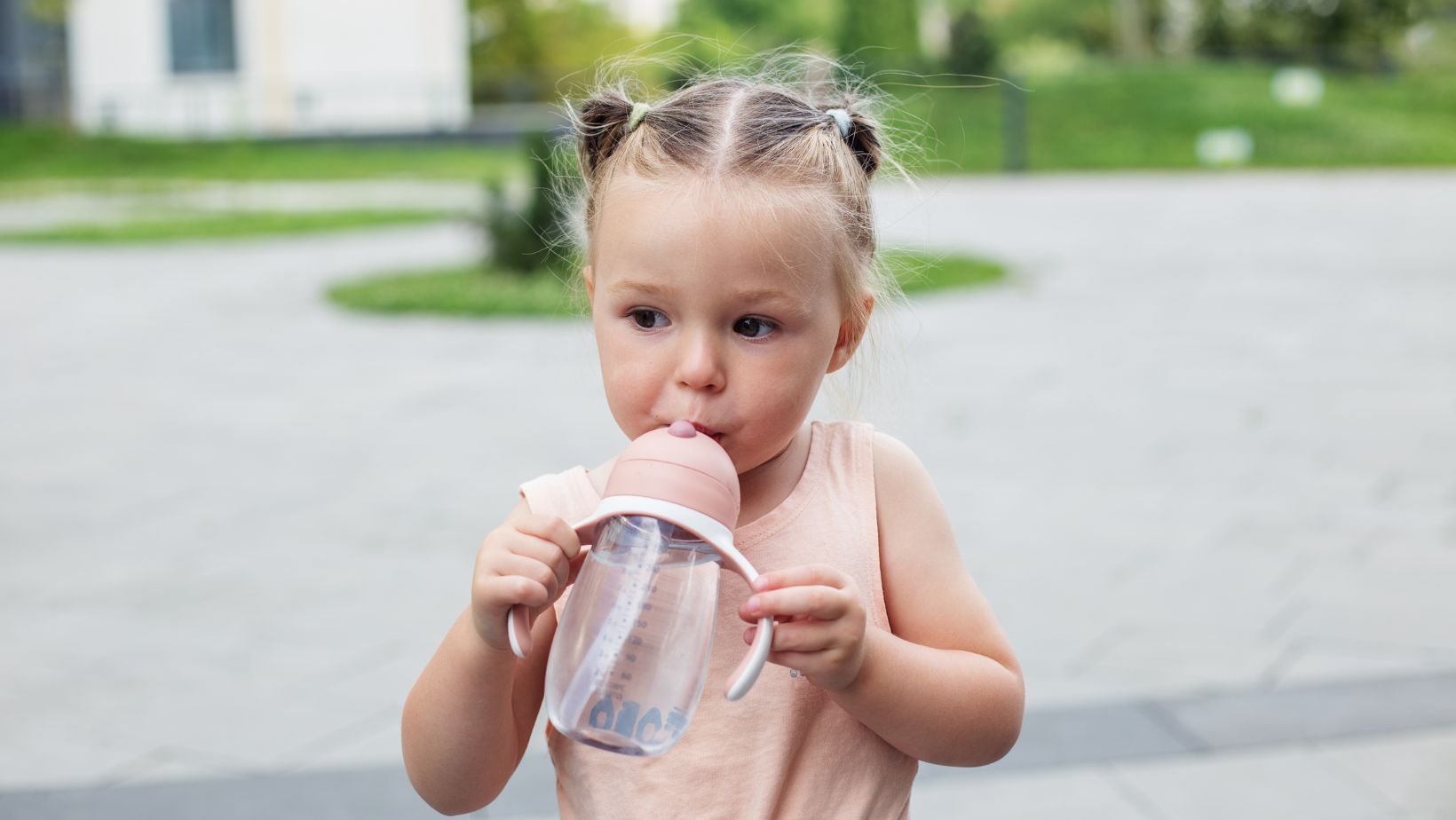Are you a parent or caregiver of a toddler? If so, you know how important it is to keep their straw cups clean and well-maintained. In this article, I’ll share some practical tips on effectively cleaning and caring for straw cups specifically designed for toddlers.
First things first, always disassemble the straw cup before cleaning. Most cups have removable lids, silicone straws, and sometimes additional parts like valves or spouts. Take them apart so you can thoroughly clean each component separately. This ensures that every nook and cranny is reached and eliminates hidden residue.
Next, wash the cup with warm water and mild dish soap after each use. A bottle or small cleaning brush designed for straw cups will help reach all areas inside the cup. Pay extra attention to the straw, as it accumulates debris over time.
Straw Cups For Toddlers
Material Options for Straw Cups
When choosing the right straw cup for your toddler, one of the first things to consider is the material. Here are some common options available in the market:
- Plastic: Plastic straw cups are lightweight and durable, making them popular for parents. Look for BPA-free and dishwasher-safe options to ensure safety and ease of cleaning.
- Stainless Steel: If you’re looking for a more eco-friendly option to keep drinks cold or hot for longer, stainless steel straw cups are worth considering. They are sturdy, easy to clean, and free from harmful chemicals.
- Glass: While less common than plastic or stainless steel, glass straw cups offer an excellent alternative if you prefer a non-toxic and environmentally friendly option. Glass cups are generally safe, but choose one with a protective silicone sleeve to minimize breakage risks.
- Silicone: Silicone straw cups are soft and flexible, perfect for little hands learning to drink independently. They are also easy to clean and often come in vibrant colors that appeal to children.
Factors to Consider When Choosing a Straw Cup
Apart from materials, there are other factors worth considering when selecting a straw cup for your toddler:
- Size: Ensure that the cup’s capacity matches your child’s drinking needs without being too heavy or bulky for them to hold comfortably.
- Leak-Proof Design: Look for straw cups with leak-proof features such as spill-resistant valves or flip-top lids with secure closures. This helps prevent messy accidents both at home and on the go.
- Ease of Cleaning: Opt for straw cups with removable parts like straws or valves, making cleaning much easier and more thorough.
- Age Appropriateness: Some straw cups may be designed specifically with younger toddlers in mind, while others cater to older children. Consider your child’s age and developmental stage when choosing a cup.

Cleaning Supplies You’ll Need
Choosing the Right Cleaning Supplies
Choosing the right cleaning supplies is crucial when cleaning and caring for straw cups for toddlers. It ensures you can effectively remove any residue or bacteria, ensuring your child’s cup remains clean and safe. Here are some factors to consider when selecting your cleaning supplies:
- Mild Dish Soap: Look for a gentle dish soap free from harsh chemicals and fragrances. This will help avoid any potential irritation or residue on the cup.
- Bottle Brushes: A bottle brush with soft bristles is essential for reaching all nooks and crannies of the straw cup. Make sure it’s specifically designed for cleaning toddler cups to ensure a thorough clean.
- Straw Brush: Many cups come with built-in straws, which can be challenging to clean without a specialized brush. Invest in a small, flexible straw brush to easily scrub away any debris inside the straws.
- Microfiber Cloth: A microfiber cloth is excellent for gently wiping down the exterior of straw cups. It can remove fingerprints, smudges, and spills without scratching or damaging the cup’s surface.
Straw cups are popular among parents because they help young children transition from bottles or sippy cups to regular drinking glasses. However, straw cups can become breeding grounds for bacteria and mold if not properly cleaned. That’s why it’s crucial to establish a regular cleaning routine.
My name is Andrea Thompson and I’m a home based freelance writer. I’m 23 years old, married to my best friend, and mother to a wonderfully independent and opinionated 3 year old girl and step-mother to a sweet seven year old boy. I live in a tiny, little town in Kentucky, where I spend my free time fishing with my kids.
Writing has always been my passion, which I followed through high school, and for a while in college. Life happened, and once I discovered we were pregnant, I switched directions; opting for the healthcare industry because of the stability.
Finally, years later, I was in a place where I could leave the day job that never truly made me happy, and pursue my dreams. I’ve built, and am still building, my writing career from scratch. But, I’m passionate and I’m good at what I do. And, in the end, I can prove to my daughter that she can do anything she wants with this life.





